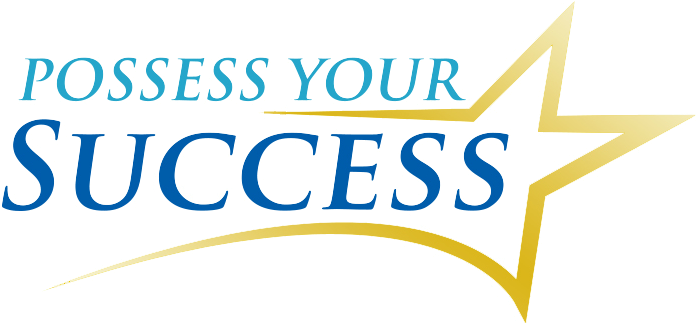No Pain, No Gain

Life is full of pain.
As humans, we love people, care about our world, and set expectations for ourselves and others. When we’re disappointed in any of these things, it hurts. Painful moments bring out our best qualities—like calmly planning a funeral for a relative who passed away suddenly—and our worst—petty jealousy and harsh words. Because it is so volatile, pain isn’t often used as a motivational tool. It just isn’t consistently effective.
However, the pain vs. pleasure principle is a huge driver in decision making. Usually, we look to gain pleasure or avoid pain. However, avoiding pain is a much stronger influencer than gaining pleasure in most instances. Knowing this makes you better equipped to use pain as a motivational tool. Try keeping the negative possibilities at hand can be just the right thing to push your forward.
Negative Consequences: Establishing negative consequences for failing to meet specific goals can help you push yourself harder. If you were starting a business or trying to further your sales career, you might set a S.M.A.R.T. goal to make 100 sales calls every day. This is an excellent start but it might not be enough to hold you accountable. You may reward yourself when you meet your goals but what happens when you don’t? If you’re having trouble, it might be good to put some real consequences in place. For example, you could require yourself to do five pushups for every call you don’t make—that should encourage you to get close to hitting your numbers! Don’t be too hard on yourself but don’t make it too easy.
Recognize Current Dissatisfaction: Dwelling on the negative things in your life can have harmful consequences when they occupy too much of the space in your head. However, the desire for self-improvement can be made much more powerful by recognizing the problems in your current life. Think about how difficult things are and recognize that having goals will help you bring your drive to a new level.
Remember the Bad Feelings: More than analyzing your current state, you can also use pain to remember the past. Keeping past struggles in mind can drive us forward, trying to avoid having those negative experiences again. There has probably been a time that felt like your own personal rock bottom, where you didn’t feel you could sink any lower or hurt any more. Many of us can also remember multiple occasions where bad decision making or procrastination have been extremely painful in the end. Our brains are wired with a negativity bias and we are much more likely to remember negative events than positive ones. Harness these memories as fuel for your future. Remember how hard it was so you can avoid the same outcomes.
When Not to Use Pain
Following the logic laid out so far, it seems odd that we don’t use pain for everything. The problem with pain is that it damages perception. Repeated exposure to pain doesn’t produce better results. Typically, it leads to a phenomenon known as “learned helplessness.” Psychologists have demonstrated that repeatedly exposing laboratory animals to pain sensations will ultimately cause them to give up on the possibility of it changing—they learn that there is no help, no improvement, and that they’ll be stuck this way forever. You go from a motivated entrepreneur to a dejected person who thinks failure is inevitable. Having too much of this pain motivation can keep you from seeing opportunities for help that are nearby or from broadening your network.
In addition, the threat of pain triggers an adrenaline response—the fight or flight reflex that tenses your muscles and leaves your limbs shaking. Recurring exposure to pain can also strengthen the adrenaline response, causing the effects to compound on themselves. You start to build up anxiety and it overwhelms your brain. Overstimulation seriously compromises your rational decision making skills. With your body running so high, you might shout or explode at people who are trying to assist you and alienate partners. It can change your perception of work, making you over or underestimate projects to disastrous results. You may run from opportunities that are perfect for you because there’s too much fear in your head. You just can’t trust the responses you’re getting in an adrenaline situation.
Pain should be used in moderation—just like salt. Sometimes, it’s important to bring out the best possible results. But too much of it can spoil everything. When you are using pain, make sure you’ve set a disciplined regimen for it, similar to any of your rewards systems. Stick to your systems and don’t let anger, jealousy, or indifference get the better of you. Hold yourself accountable but don’t be too hard on yourself.
There’s always at least some pain on the road to great gain.
